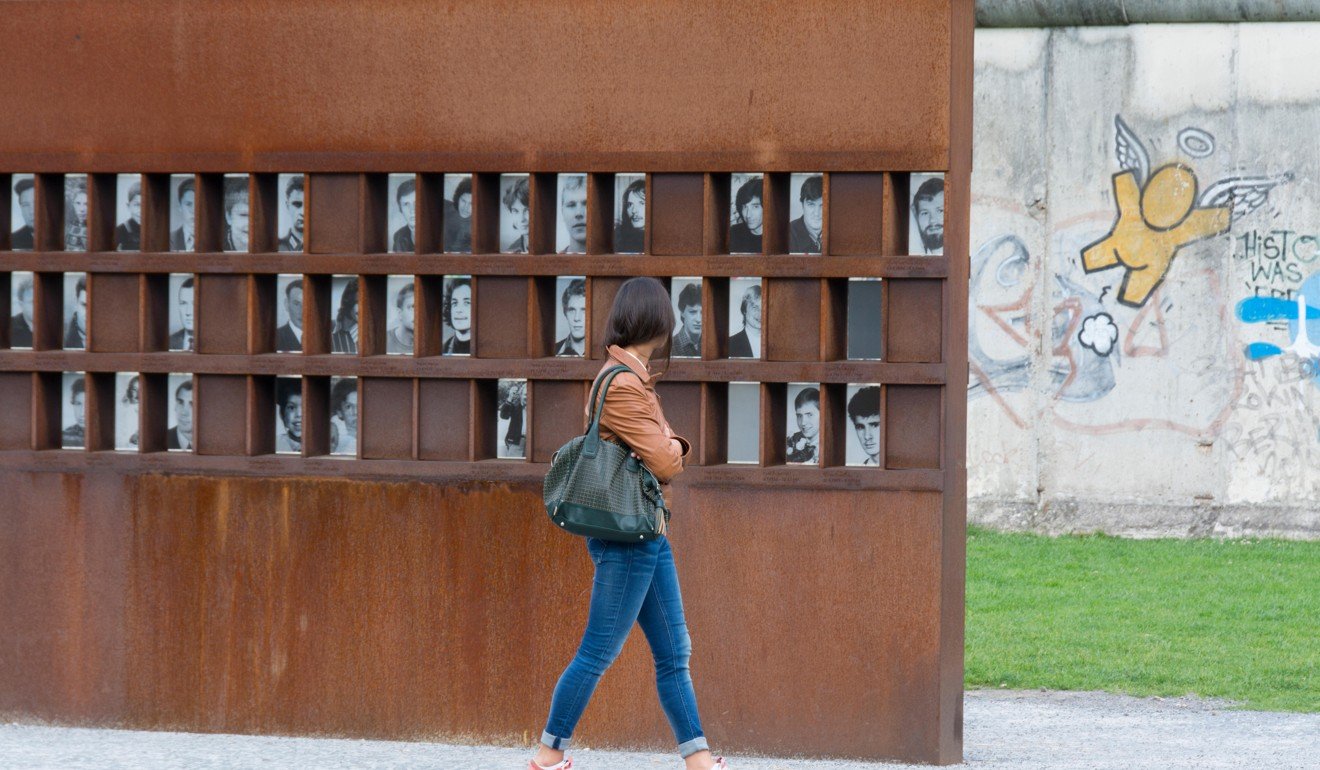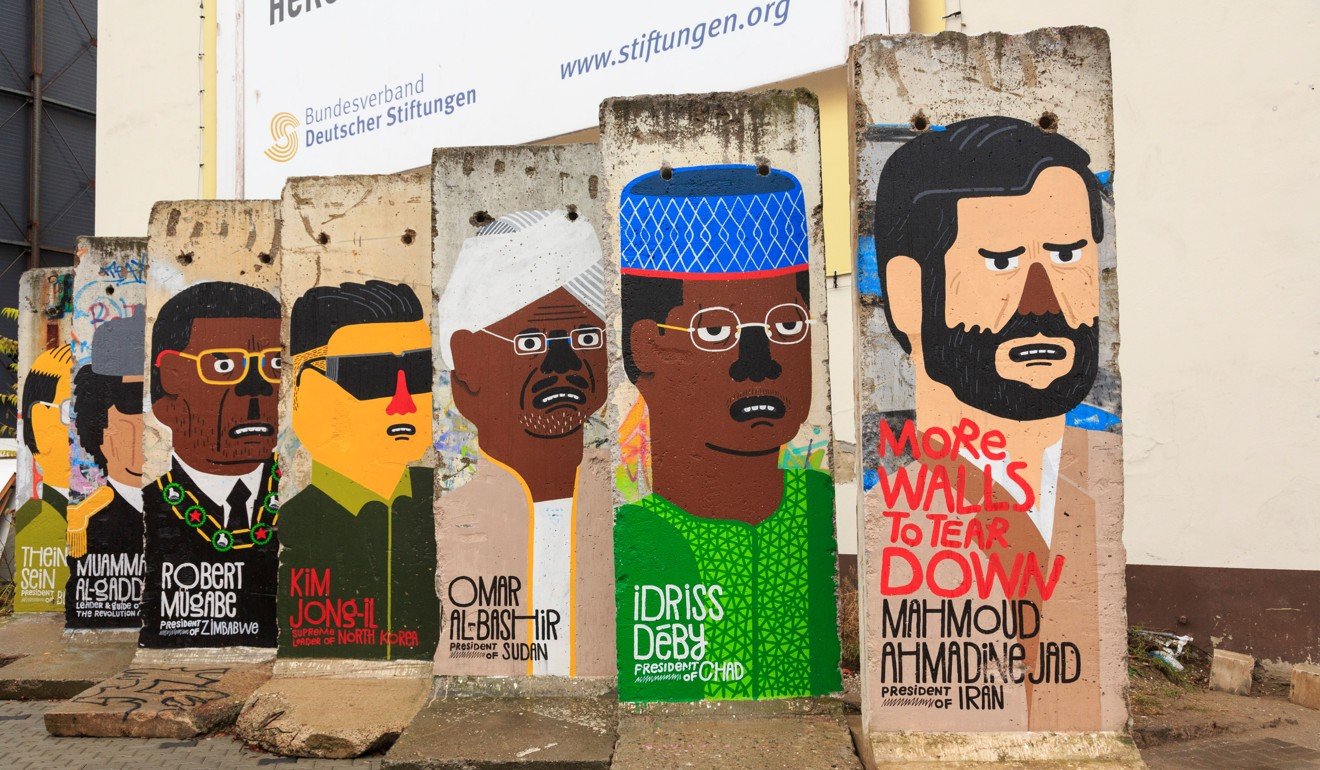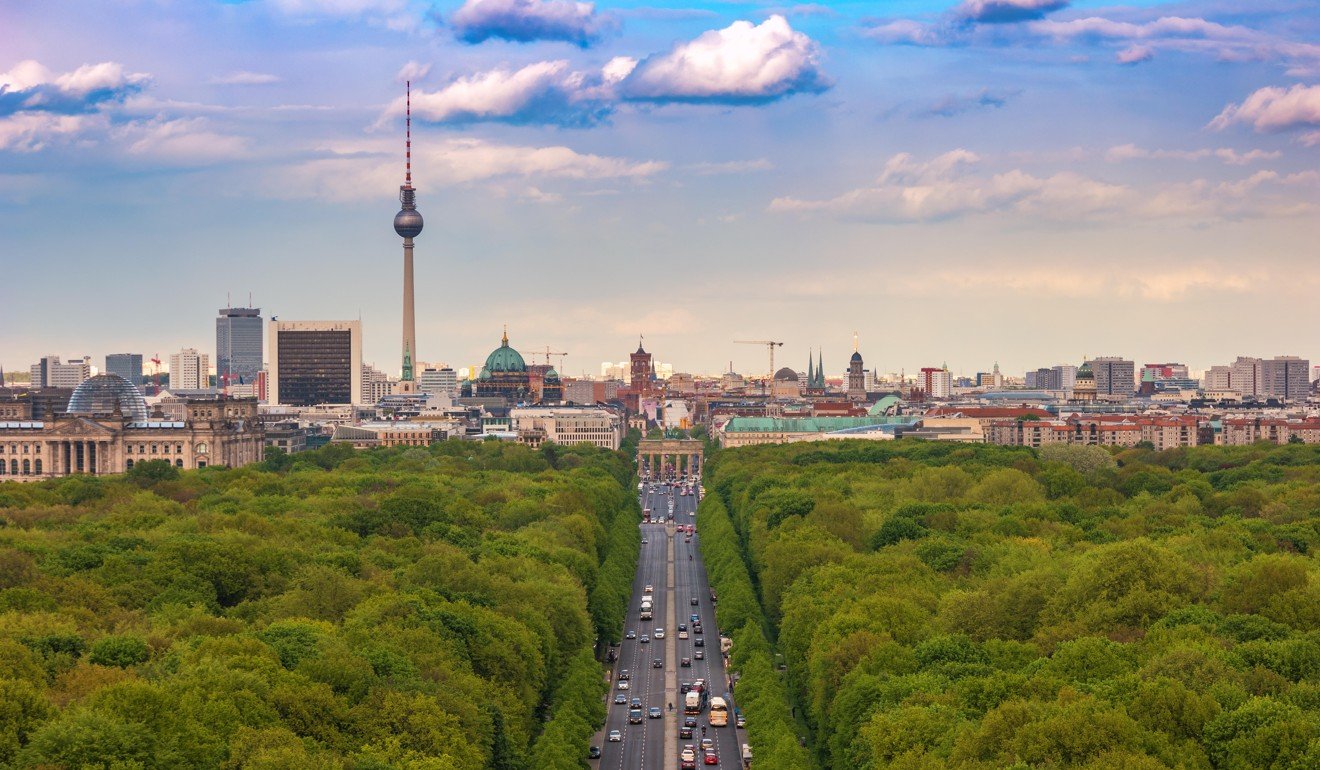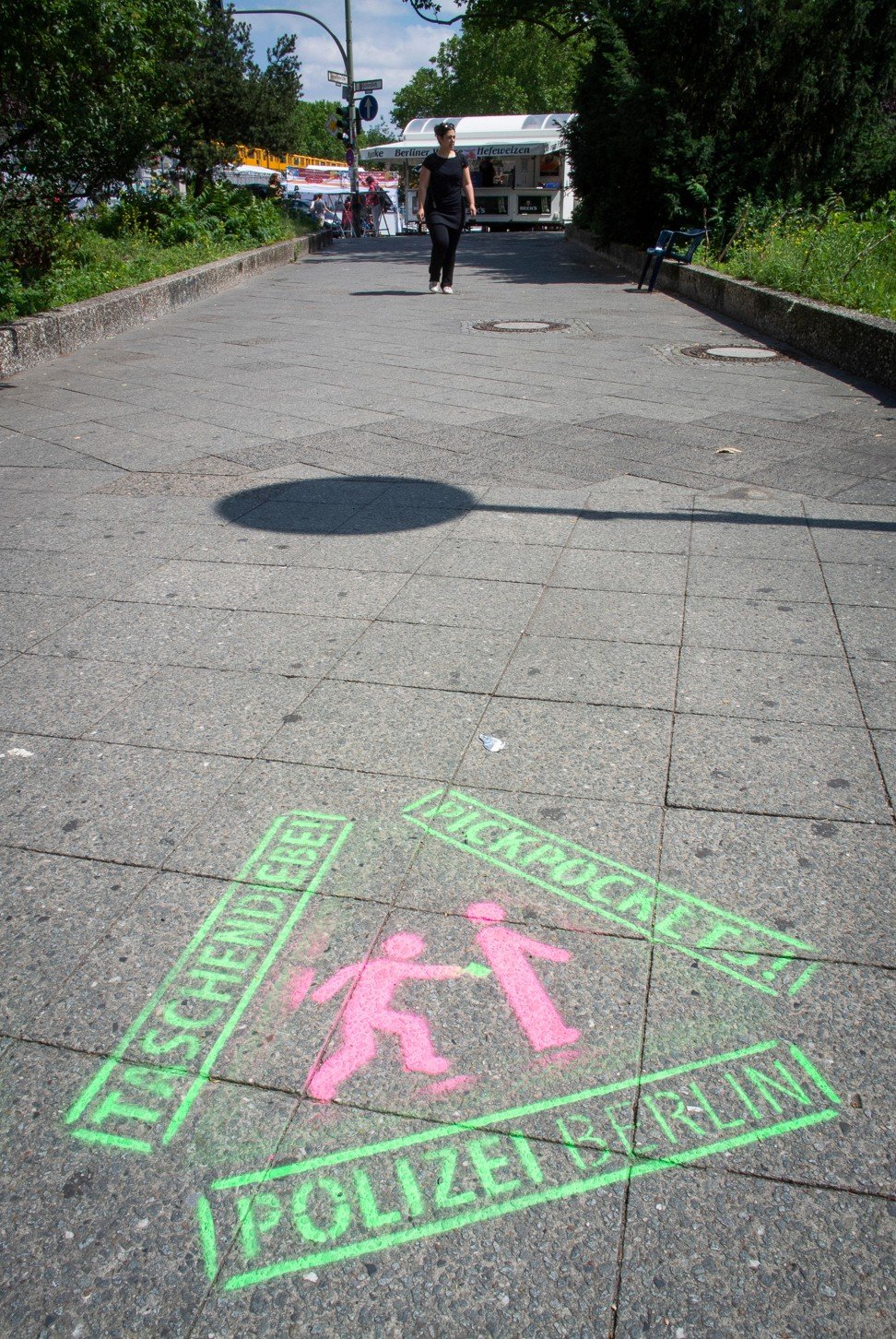
Berlin: the good, bad and ugly sides to German capital for tourists
- There is an embarrassment of riches when it comes to tourist attractions, not least the excellent Christmas markets
- However, high crimes rates, filthy streets, rude locals and dismal airports have contributed to one newspaper describing the German capital as a ‘failed state’

The good
Berlin is funky, fun and fashionable. It’s Germany’s most international city, a cultural melting pot of 3.7 million people from more than 180 countries. Afghan restaurants compete for business with Turkish kebab joints and Polish delis. Bosnian DJs pump out Arab beats for Syrian refugees and retired teachers offer free German lessons to newly arrived Eritreans.
Once described as “poor but sexy”, Berlin’s low rents and thriving creative scene have lured bohemians and hipsters over the years. David Bowie lived in the city in the late 1970s, recording some of his best-loved hits there, including the 1977 cold war anthem Heroes. Nowadays start-up entrepreneurs have made Berlin Europe’s second-biggest tech hub.
The German capital has enough attractions and distractions to keep sightseers busy for weeks. Begin at the Brandenburg Gate, the 18th century triumphal arch where in 1987 United States president Ronald Reagan implored Soviet leader Mikhail Gorbachev to “tear down this wall!” Two years later, East and West Berliners celebrated the opening of the border in front of the neoclassical monument.

The Berlin Wall Memorial is an open-air museum that extends along what was once the border strip. It features replicas of guard towers, segments of the wall and a visitor centre, which is the starting point for walking tours. Nearby, a tunnel that was built to help East Germans escape to the West was recently opened to coincide with the 30th anniversary of the fall of the wall. History buffs should also visit the East Side Gallery. At 1.3km, it’s the longest remaining section of the concrete barrier and is now decorated in peace-themed street art.
A sign and a replica guard hut are about all that remains to indicate the location of Checkpoint Charlie, the most infamous crossing point between East and West Berlin, so head to the nearby Checkpoint Charlie Museum for a better understanding of life in the divided city. On display are photos and documents relating to escape attempts as well as exhibits such as hot-air balloons, home-made microlight aircraft and cars with secret compartments.

Another historical must-see is the Reichstag. The German parliament building, which was firebombed by the Nazis and damaged by Allied bombers during World War II, was reconstructed after reunification. Its glass dome is open to the public and offers sweeping views of the cityscape. Talking of views, the iconic Berlin Television Tower is the tallest structure in the city – the observation deck incorporates a bar and revolving restaurant.
If admission to Berlin’s many tourist attractions seems prohibitively expensive, there is a workaround. Literally. A new scheme enables visitors to join a free sightseeing tour in exchange for an hour spent collecting rubbish from city streets and parks.

Berlin is blessed with plenty of peaceful places to get away from traffic and the urban bustle. The Tiergarten is a tranquil inner-city park with lakes and lawns, flower beds and inexpensive beer gardens. Berlin isn’t pricey by Western European standards; fine dining is an exception but you can always fill up on Vietnamese noodles, kebabs and currywurst, the city’s signature sausage-based snack.
Now is a great time to visit Berlin. From November 25 to December 31, about 80 Weihnachtsmärkte, or Christmas markets, materialise. Some run daily, others at weekends, and each has its own vibe. The biggest and best known takes place at Gendarmenmarkt, Berlin’s most charming city square, which, festooned with seasonal decorations and lights, looks even more beautiful than usual.
The bad
It’s a good thing some tourists are cleaning up Berlin in exchange for tours. Admittedly, it was completely destroyed during the second world war but it’s not the most attractive European city. Streets are often strewn with rubbish and dog excrement. In Tiergarten Park, the excrement was mainly human until the grounds were cleared of homeless camps a couple of years ago.
Berlin has the worst education system in the country, the second-highest level of unemployment and its crime rate is among the highest in the Bundesrepublik. It’s also the only major capital city in Europe that’s a drain on its country’s economy, according to a study by the Cologne Institute for Economic Research. No wonder newspaper Die Welt describes Berlin as a “failed state”.
According to The Economist magazine, “Berlin’s historic anti-capitalist and anti-technocratic streak makes people deeply suspicious of anything that looks too much like efficiency and competence”. They must be delighted with the Brandenburg Airport fiasco, then. Work began in 2006 but substandard construction, legal disputes, financial mismanagement and corruption have delayed the opening, and no one seems to have any idea when it will be finished. Berliners joke that it would be quicker to move the city nearer to a fully functioning airport. That would rule out Berlin’s existing aviation hubs – Tegel and Schönefeld have been ranked among the 10 worst airports in the world.
Weather-wise, it’s not unusual to experience four seasons in a couple of hours – except in winter, when the days are short, dark and bitterly cold. Then there’s the ubiquitous graffiti; ugly daubings that deface historic buildings or stylish urban art? Depends on your point of view, I guess. You can also expect to be on the receiving end of the notorious Berliner Schnauze, an abrasive dose of attitude that locals are famous for dishing out. Still, a few tart comments are the least of your worries in some parts of town.

Neighbourhoods such as Neukölln and Kreuzberg are best avoided, particularly after dark, and the tourist zone of Alexanderplatz, location of the aforementioned Television Tower, has been described as a “hunting ground for criminals”. Tourists are unlikely to encounter the rampant organised crime Berlin is currently grappling with but pickpocketing, drug dealing and incidences of assault are also on the rise. Carry just enough cash for a taxi back to wherever you’re staying, is the advice from travel guide publisher Lonely Planet.
Finally, be aware that Berliners will protest about almost anything. There have been around 5,000 demonstrations already this year. That’s almost 14 a day! The rallies can turn violent without warning – participants and police have been seriously injured. Still, you’re visiting from Hong Kong, so you’ll probably feel right at home.
The ugly

In December 2016, a terrorist drove a truck through Berlin’s Breitscheidplatz Christmas market, killing 12 people. Security has been beefed up with bag checks, concrete barricades and an increased police presence to ensure there is no repeat of the atrocity.